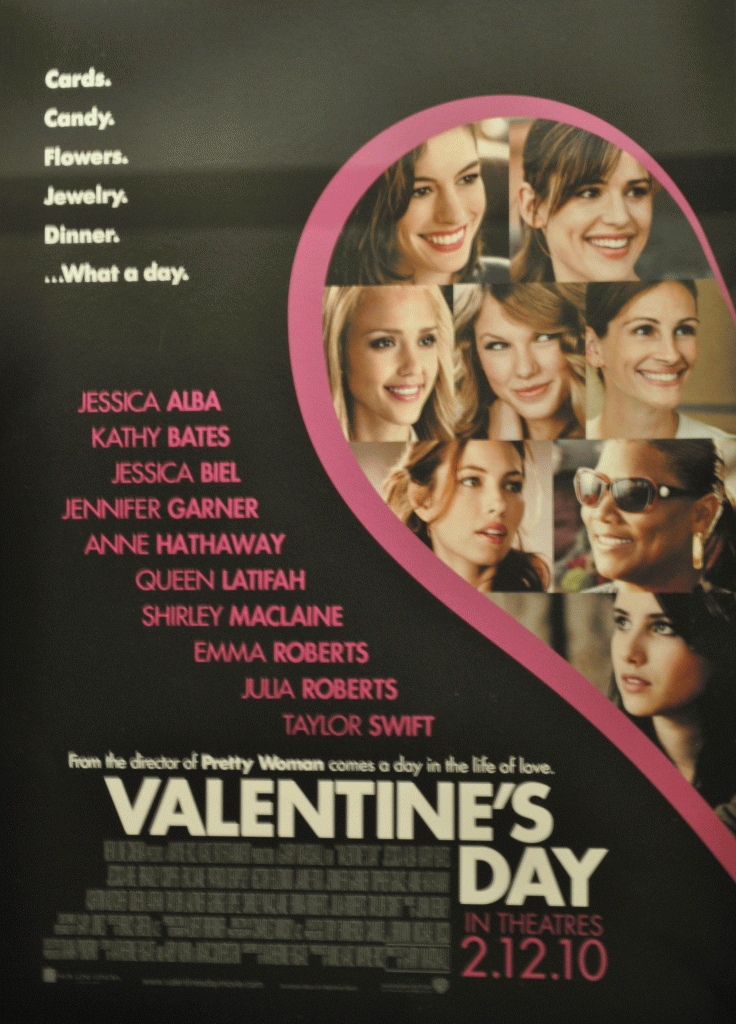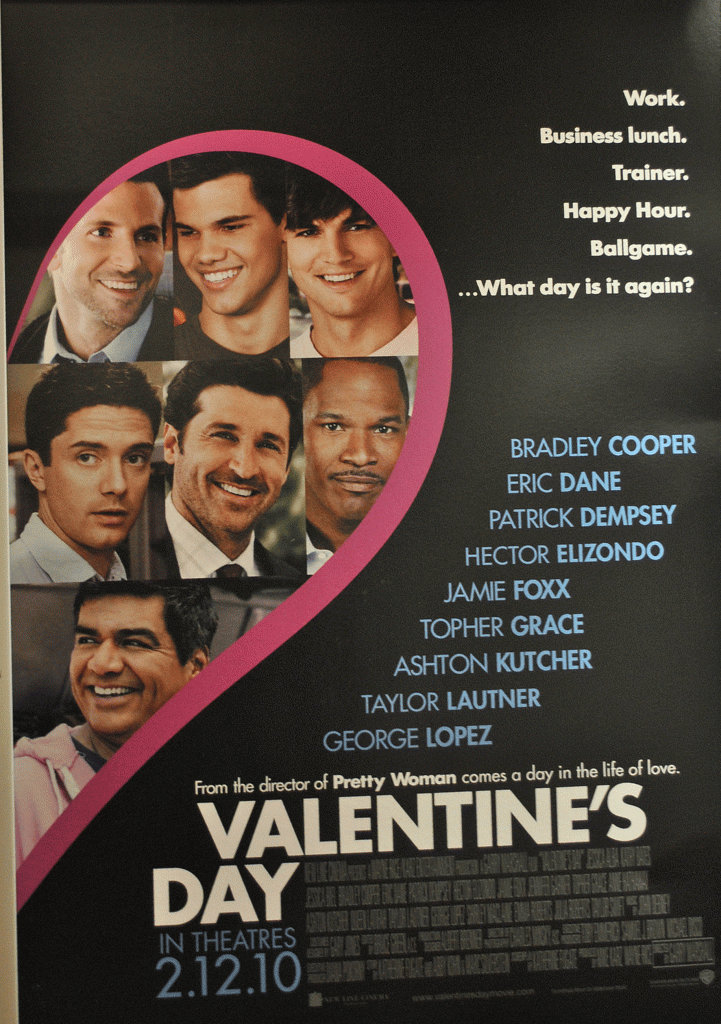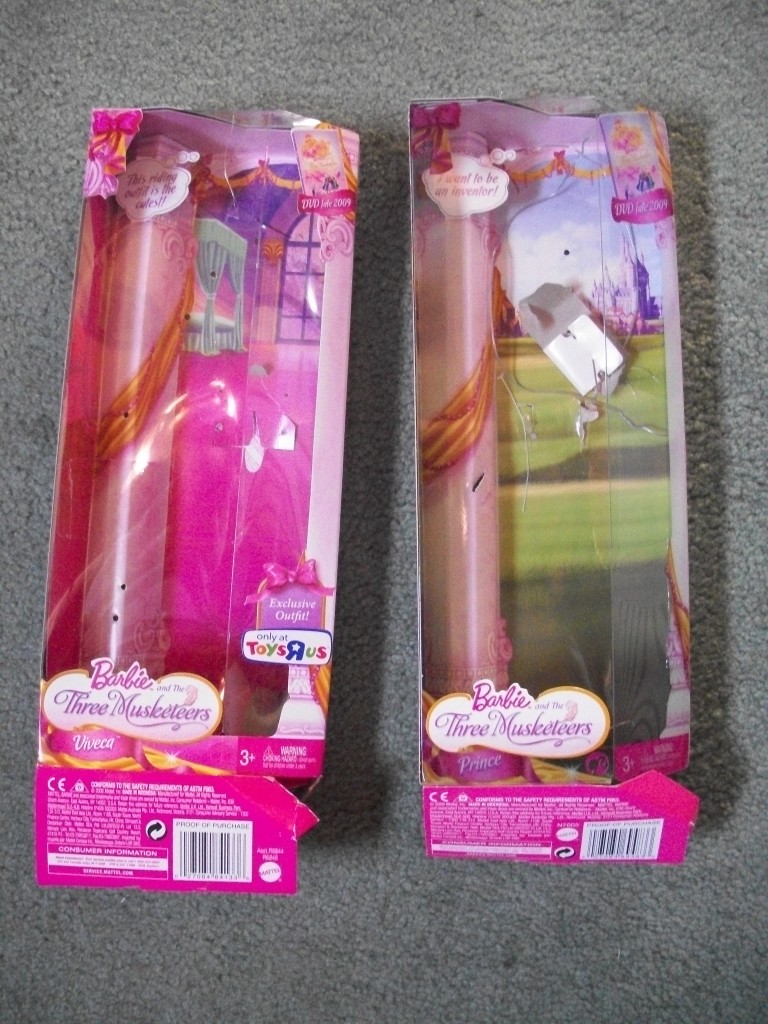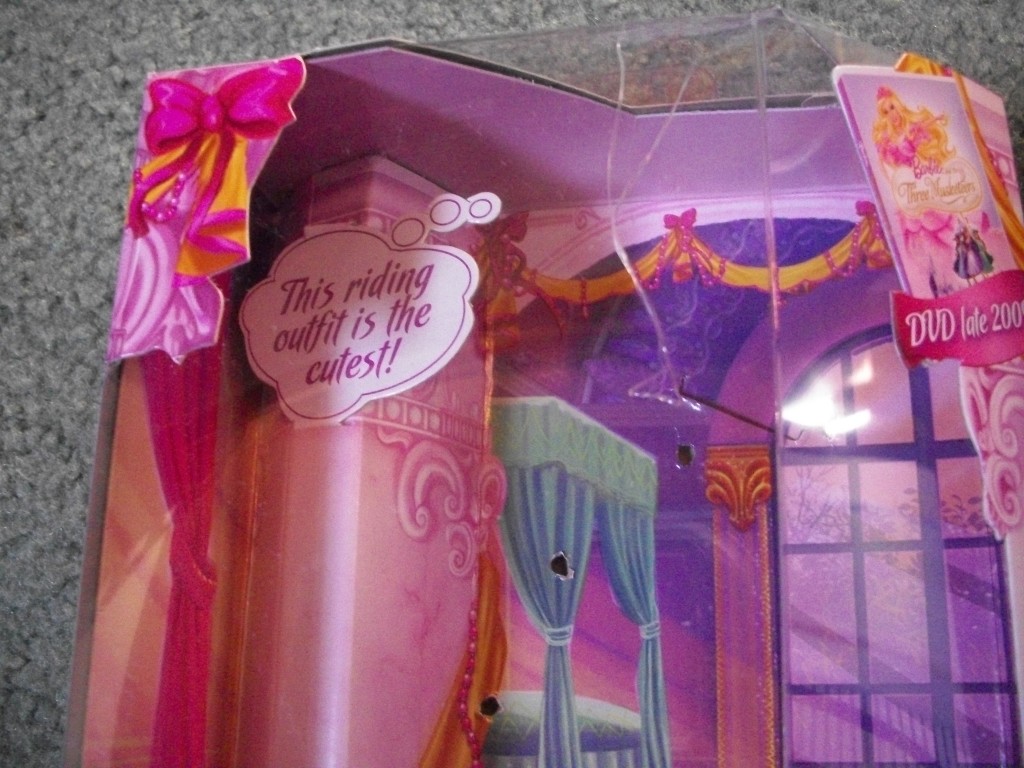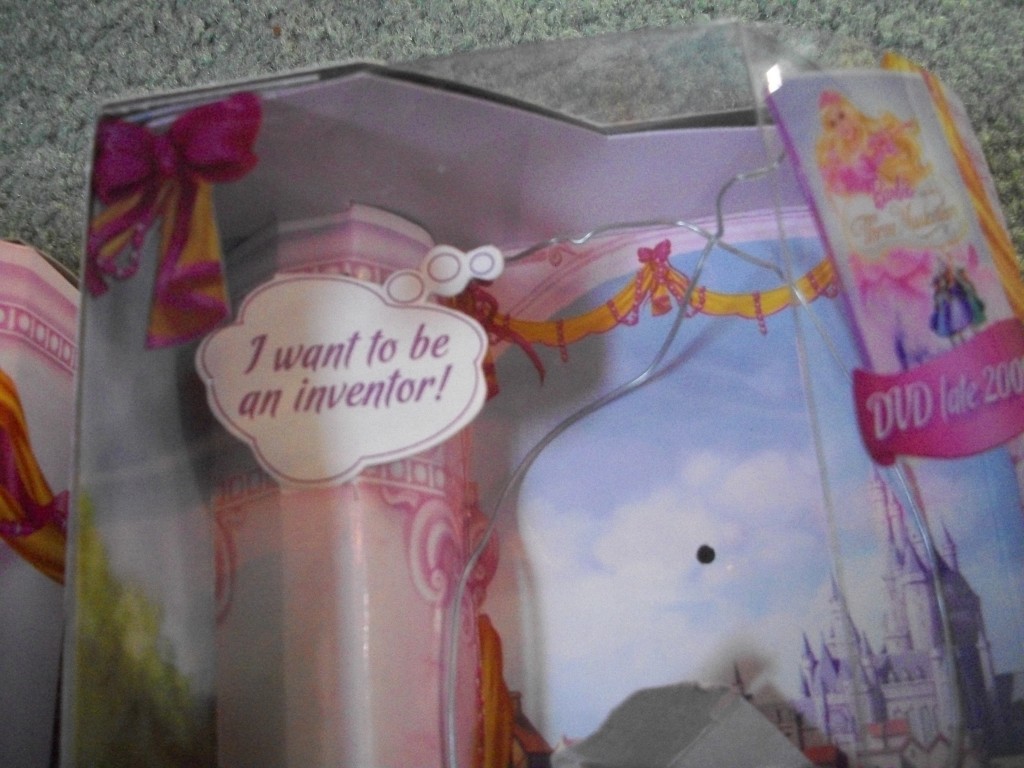These days, if you live in the West, thinking about Asia–whether it be Chinese labor, Japanese inventions, Indian demographics, or Korean politics–is taken-for-granted as part of knowing about the world. During the colonial era, however, when “mass media” was largely limited to print, Americans and Europeans experienced being more-or-less newly introduced to different cultures. This spurred an entire industry in which “Africa,” “the Orient,” and the “Middle East” were presented to curious Westerners. These presentations, more often than not, were objectifying. Westerners were able to enjoy reveling in the seemingly bizarre and unfamiliar people and customs of these Other places (with a capital “O”), as if Other kinds of people were new species of animals over which to fawn. This accumulation of documents with which the average Westerner could try to understand their “foreign” counterparts were produced not only by travel writers, but anthropologists, artists, imperial employees, novelists, and others.
Edward Said, in his powerfully influential book, Orientalism, first articulated the way that efforts of these actors coalesced into a mythology about “the Orient.” A mythology in which the East and the West were set in opposition and the East was used by the West to define its own, superior identity.
Katrin sent in one example of this traffic in Orientalism. It’s a postcard from the early 1900s that depicts a “Burmese Beauty.” It was painted by Robert Talbot Kelly and originally published in his book, Burma (1905). The caption reads:
A Burmese Beauty. The Burmese women are generally attractive, much more so than the men, and present a pretty picture as they walk about attired in their gaily coloured skirts and shaded by their quaint umbrellas. All the ladies smoke in Burma, large cigars being the favourite ‘weed.’
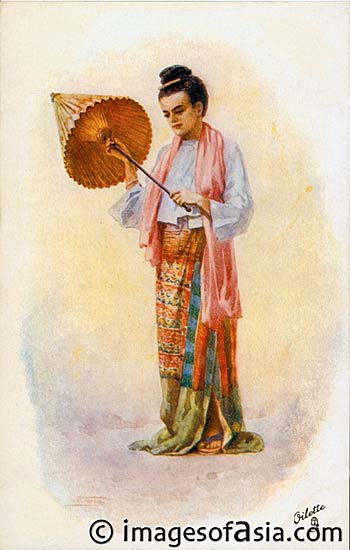
Here, the people themselves are seen as objects for a (distant) touristic gaze, kind of like the generic mostly-naked-woman-in-tropical-paradise postcard that we still see today. More examples of colonial era Orientalist postcards depicting Burma (from Images of Asia):
1908:
 1910:
1910:
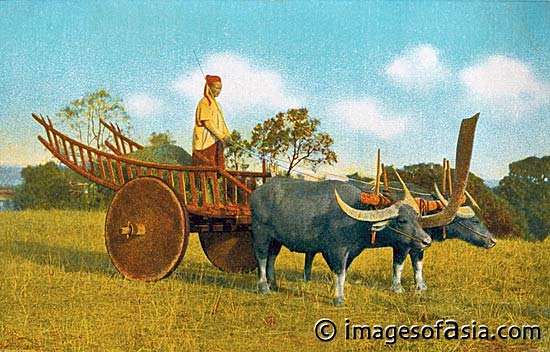 1905:
1905:
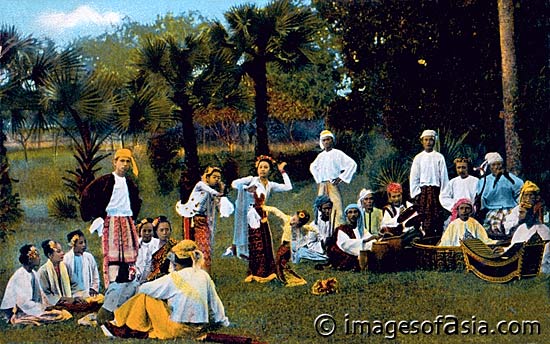 1910:
1910:
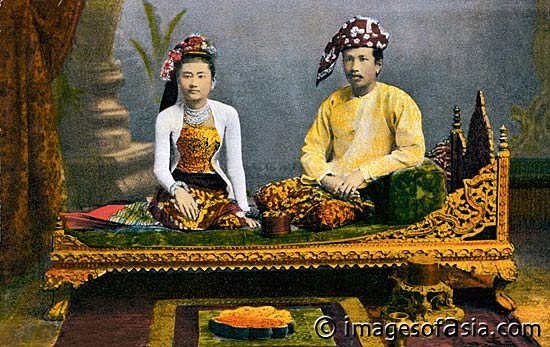 1905:
1905:
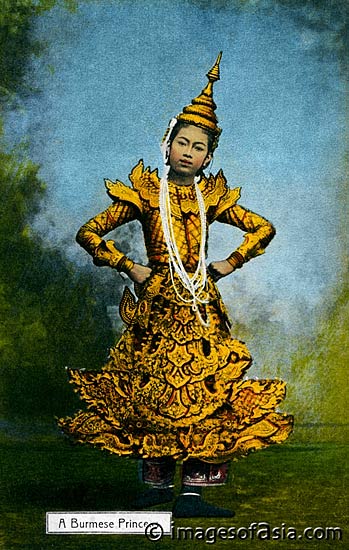 1912:
1912:
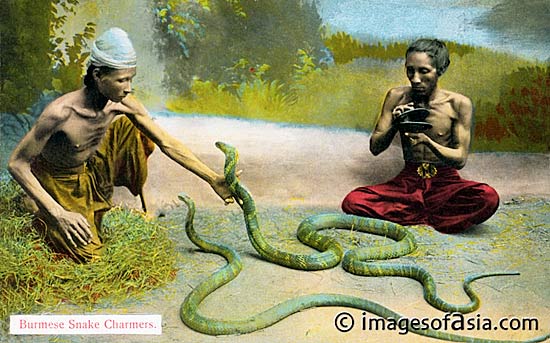
Lisa Wade, PhD is an Associate Professor at Tulane University. She is the author of American Hookup, a book about college sexual culture; a textbook about gender; and a forthcoming introductory text: Terrible Magnificent Sociology. You can follow her on Twitter and Instagram.
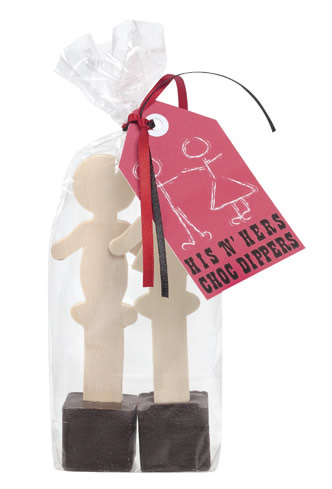 She sent a note to the company and asked why they don’t just sell the sticks individually so that the product would be open to gay and lesbian couples (and, for that matter, polyamorous relationships or people who just want to include their kids or grandma). Roisin writes that the company said that:
She sent a note to the company and asked why they don’t just sell the sticks individually so that the product would be open to gay and lesbian couples (and, for that matter, polyamorous relationships or people who just want to include their kids or grandma). Roisin writes that the company said that:
